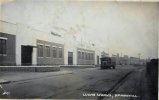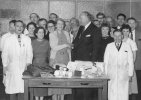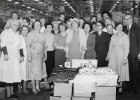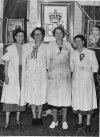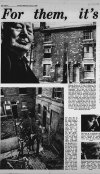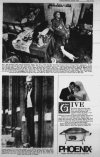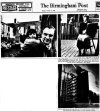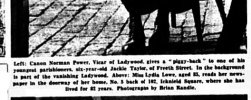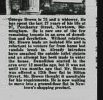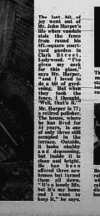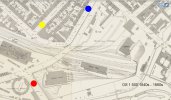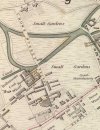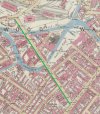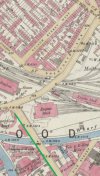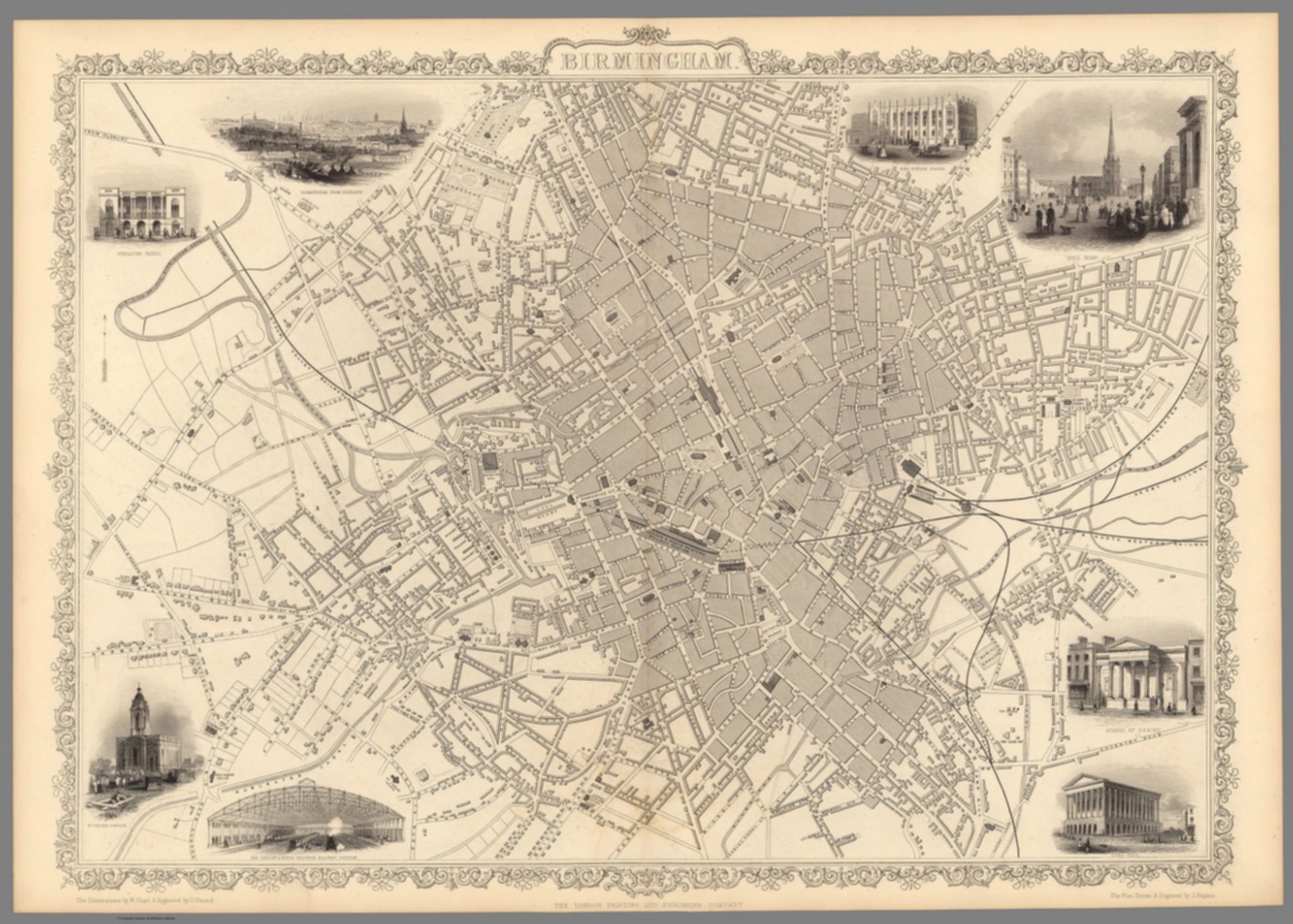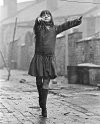My wife sent me a link to a post in The British Institute of IELTS & Overseas Education Facebook page where someone has posted a photo of a young ballerina Lorraine Williams, photographed in what looks like a drying yard somewhere in Ladywood taken in 1968, although that date seems a bit late and I suspect it could be earlier. I attach a photo of her.
https://www.facebook.com/TBILforIELTSandForeignLanguagesPreparation
I must confess that I have not heard of her but I left Ladywood in 1957. Here is what is written about her and the photographer Janet Mendelsohn:
"In 1968, photographer Janet Mendelsohn captured an unforgettable image of a young ballerina in Ladywood, Birmingham. With its quiet grace and charm, this photo became an iconic snapshot of a community in an era of significant social change. Years later, nearly five decades after it was taken, the “ballerina girl” was identified as Lorraine Williams. Reflecting on her childhood in a local newspaper, Lorraine shared, “I would live those days again—they were the best days.” Her ballet pose has since symbolized resilience and elegance in a neighbourhood adapting to the evolving culture of the 1960s.
Mendelsohn’s photograph was part of a larger project documenting daily life in Birmingham’s neighbourhoods, particularly Ladywood and Balsall Heath. Her work shines a light on Birmingham’s rich working-class communities, capturing the authenticity of everyday life. Lorraine’s photograph is one of Mendelsohn’s most cherished images, providing a window into a world where art, identity, and community beautifully connected. Against the backdrop of Birmingham’s industrial history, Mendelsohn documented a mix of cultures and lifestyles that reflected the city’s ever-evolving identity.
Today, Lorraine Williams still lives near her childhood neighbourhood, a testament to her deep-rooted connection to Ladywood. Mendelsohn’s photograph not only preserves a personal memory but also showcases the resilience and strength of Ladywood’s community. This iconic image lives on, a nostalgic symbol for locals and an inspiring piece of Birmingham’s cultural tapestry. Through Mendelsohn’s lens, Birmingham’s legacy endures, bridging generations with photos that inspire pride, community, and an appreciation for the beauty found in everyday life."
David

